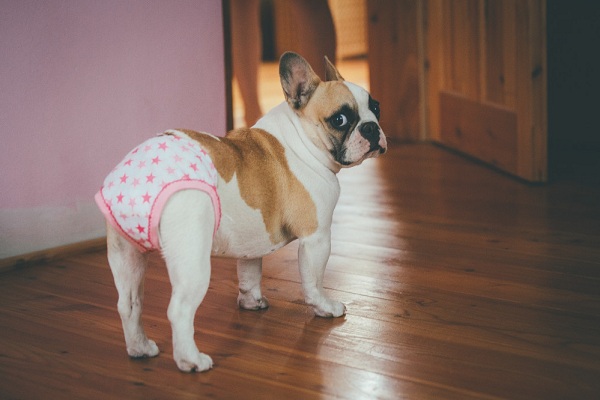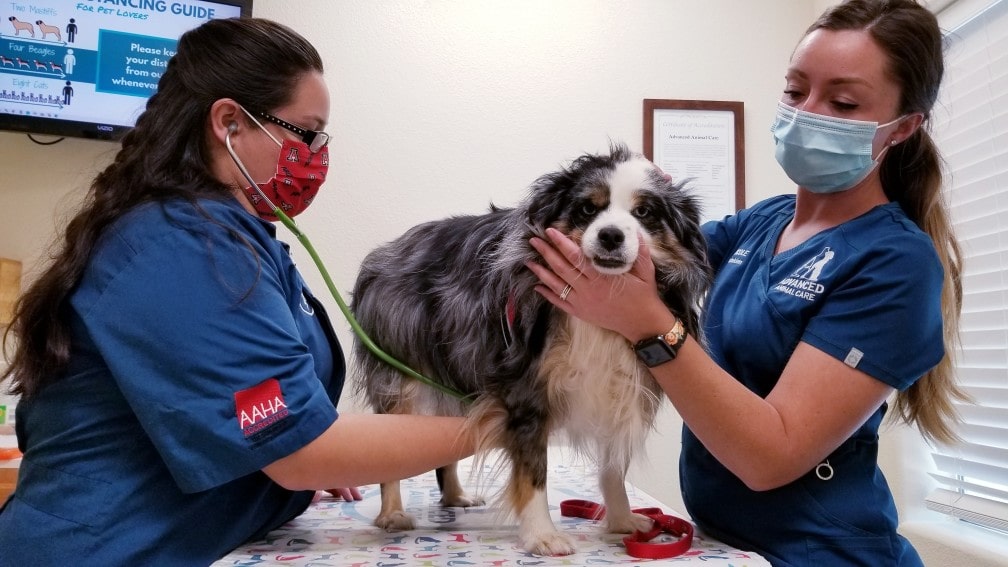When you are a dog parent, is it a pleasant experience? But it also comes with many responsibilities. It is imperative to understand their needs and requirements. Taking the dog for a walk, managing the vaccination schedule and vet visits are a few duties of a pet parent.
But you must observe for any signs that require immediate medical intervention. Being scared of anything and showing symptoms of anxiety are possible in dogs. Can Dogs Have Panic Attacks? Yes!
Just like human beings, dogs can exhibit and experience panic attacks. Any trauma, negative experience, phobia, and fear of a new environment and strangers are possible in dogs.
Symptoms of a panic attack in dogs
You can look for signs that might trigger without any specific reason or explanation. Panic attacks are sudden and may result in a higher heart rate. Sometimes you may observe one symptom, and sometimes it is a combination of two or more.
- Trembling
- Packing
- Excessive salivation
- Panting or gasping for no particular reason
- Hiding or avoiding something
- Seeking parent’s attention (jumping or pawing)
- Frantically running around or restless
- Digging the resting place or behind a closet or under beds
- Vomit or nausea
- Irritable bowel – diarrhea or constipation
- Urination
- Howling or whining noise
If you have to know the reason, you can put the causes of a panic attack into four groups: Confinement, Separation, Noise, and Travel.
Read Also: How To Spot The Signs Of Anxiety In Your Fur Friends And Comfort Them?
Confinement panic attack:
Your dog may find staying in a closed space challenging. When you want to define closed space, it can be a small room with doors, a kennel, a crate, or an enclosed yard that may trigger fear in dogs. Many quadruped animals find it difficult to stay in a small space with less area to move around.
It is common in larger breed dogs as they require more place to stretch and relax, and when they are in smaller areas, it may trigger a panic situation.
You can sort this by leaving their resting or sleeping space open. Keep the doors and windows open, so there is cross ventilation of air. You can relocate their sleeping bed near a place where they can see more people. The place where your pet does not feel alone.
Separation anxiety:
Leaving your dog for a few hours or a little longer than usual results in a separation attack. Dogs are afraid of strangers, or sometimes they dread leaving the family. It is one of the most common causes of panic attacks in pets.
They bark frantically, try to cling to their parent, or sometimes show signs of sickness. You can deal with this panic situation slowly and patiently. Every time you leave your pet alone, convey this to your pet in advance. Tell them that it’s essential for you to go and you will return soon.
Cuddle your pet before leaving. Start the separation process for smaller intervals. You can gradually increase the time. Appreciate and treat them when you return for their brave behavior.
Read Also: Is Your Dog Suffering From Anxiety?
Travel panic:
Motion sickness is another common cause of panic attacks in animals. Travel is one of the most overwhelming feelings for some dogs. Sitting in a restricted space like in a plane, bus or car can trigger uncomfortable feelings in pets. Distance also decides the reason for panic.
If it’s a long journey, they worry. But, if it’s a short trip to the nearby store or vet, then it easier. Some pets panic about visiting a new place – fear of strangers, unknown people, and an unknown environment.
You can tackle this fear by calming your dogs with CBD pet treats. You can also convey to them that the journey is fun and the destination has loads of interesting stuff for you and them. Try to take breaks between the journey if it’s long.
Noise anxiety:
Fear of loud bangs and noise if fireworks are deafening to pets. Thunder is also one reason for panic behavior. Your dog may whine or bark uncontrollably to express its anger and fear. They can avoid coming out and sitting in open areas where the noise is louder.
You can treat this by using CBD treats available in vet stores. Cuddle them and make them feel safe. You can put them in earplugs and earmuffs to reduce the noise from entering their ears. Close the windows and doors if the loud bang is from outside.
Once you are sure your dog suffers from panic attacks – it is better to avoid those situations. Rather put them and experience the anxiety. You can start the treatment and home remedies from day one of diagnosis. Do not try to rush or hurry into any results. Every breed is unique and takes its own time to combat this feeling.
Read Also: 7 Tips To Help Your Dog Or Puppy Deal With Separation Anxiety
It can become emotionally draining for you as a dog parent and for them if the attacks are frequent. Discuss with your vet or dog expert to find more solution options. Exercising and maintaining physical health is one of the effective approaches to treating anxiety.
You have a combined approach of medication, therapies, and lots of love. Be compassionate towards your pets. Comforting your dog regularly and setting a safe space is ideal for any panic-stricken pet.
You can also try aqua therapy which includes water sports for your dogs. Swimming is an ideal method of calming nerves. It works positively on dogs. You can bring another pet friend to give him/her company. Companionship helps a lot with panic attacks.

 DogExpress
DogExpress




















 in Chandigarh, India.
in Chandigarh, India. 
